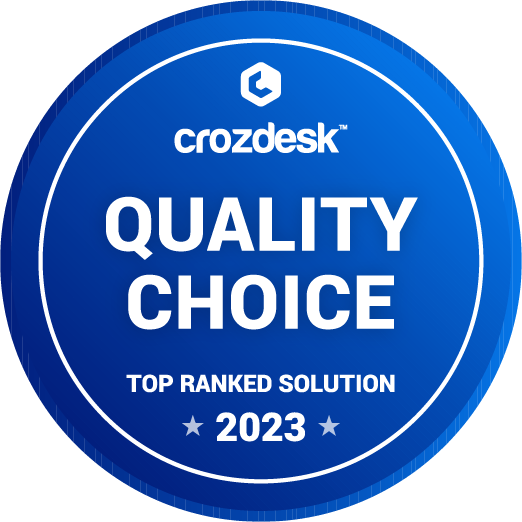Building a pricing strategy for e-shops: Tips and Tricks
In today’s digital age, ecommerce is more popular than ever. Thanks to the convenience of online shopping, customers can buy products from anywhere in the world and at any time of the day. However, with so many e-shops competing for customers, it is essential to have a well-defined pricing strategy. A solid pricing strategy will help attract customers, increase sales and ultimately boost the bottom line. In this article, we’ll cover some tips and tricks for building a pricing strategy for ecommerce companies.
Understand your target audience
It is important to understand your target audience before pricing your products. Who is it? What are their needs and preferences? What is their budget? Understanding your customers’ demographics, buying habits and purchasing power will help you determine the right price range for your products. For example, if you’re targeting customers who are on a low budget, you can offer products at lower prices, while higher-end customers may be willing to pay more for premium products.
Consider your costs
Knowing your costs is the basis for setting profitable prices. These include the cost of the product, shipping, storage, marketing and overheads. You should also take into account any discounts, promotions and sales. By calculating your costs, you can determine the minimum price you need to charge to break even and make a profit. Keep in mind that prices that are too low may not cover your costs, while prices that are too high may discourage customers.
Analyze your competition
To stay competitive, it is important to analyze the prices of your competitors. By studying their pricing strategies, you can find out where your prices stand and adjust them accordingly. You should also consider the value proposition and unique selling points of your competitors.
Use dynamic pricing
Dynamic pricing is a strategy that involves adjusting prices in real-time based on market demand, supply and other factors. It can be a very effective way to optimize your pricing strategy and increase sales. By using algorithms and data analysis, you can adjust prices to reflect changes in the market, such as seasonal trends, competitor pricing, and consumer behaviour. Dynamic pricing can help you stay competitive, increase sales and maximize profits.
Offer discounts and promotions
Discounts and promotions can be an effective way to attract customers and increase sales. They can also help you clear stock, generate buzz and encourage repeat purchases. Common discount and promotion strategies include free shipping, percentage discounts, buy-one-get-one-free offers, and limited-time offers. However, it is important to use discounts and promotions strategically, as overuse can lead to brand devaluation and reduced profit margins.
Mastering pricing doesn’t have to be rocket science. While pricing is crucial to any business, these tricks can help you set profitable prices that attract customers and maximise profits. Arming yourself with the right tools can also make all the difference. WisePorter PIM with advanced pricing capabilities is a prime example. Beyond proficient product information management, it takes the reins of automation and streamlines pricing across the entire spectrum, from buying to selling.
Experience the power of WisePorter by giving it a try and see if it suits you.




